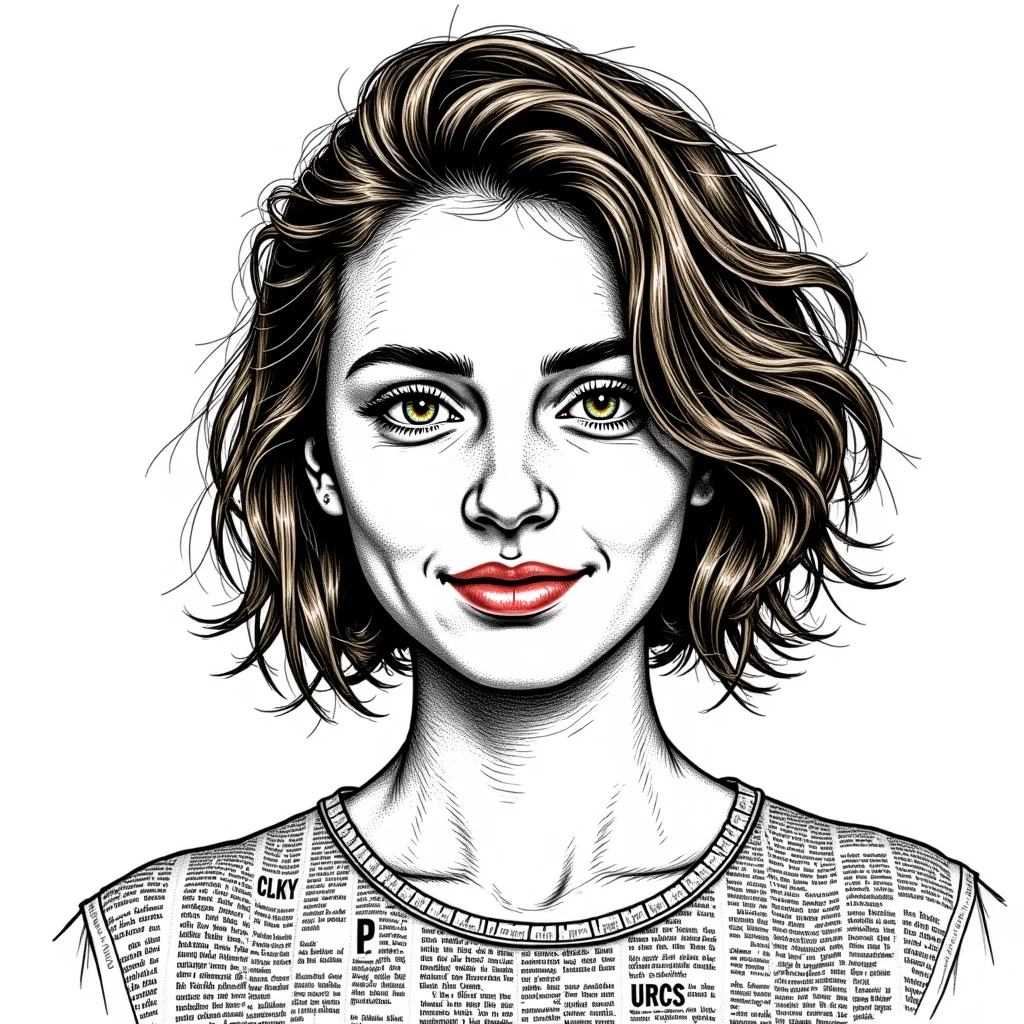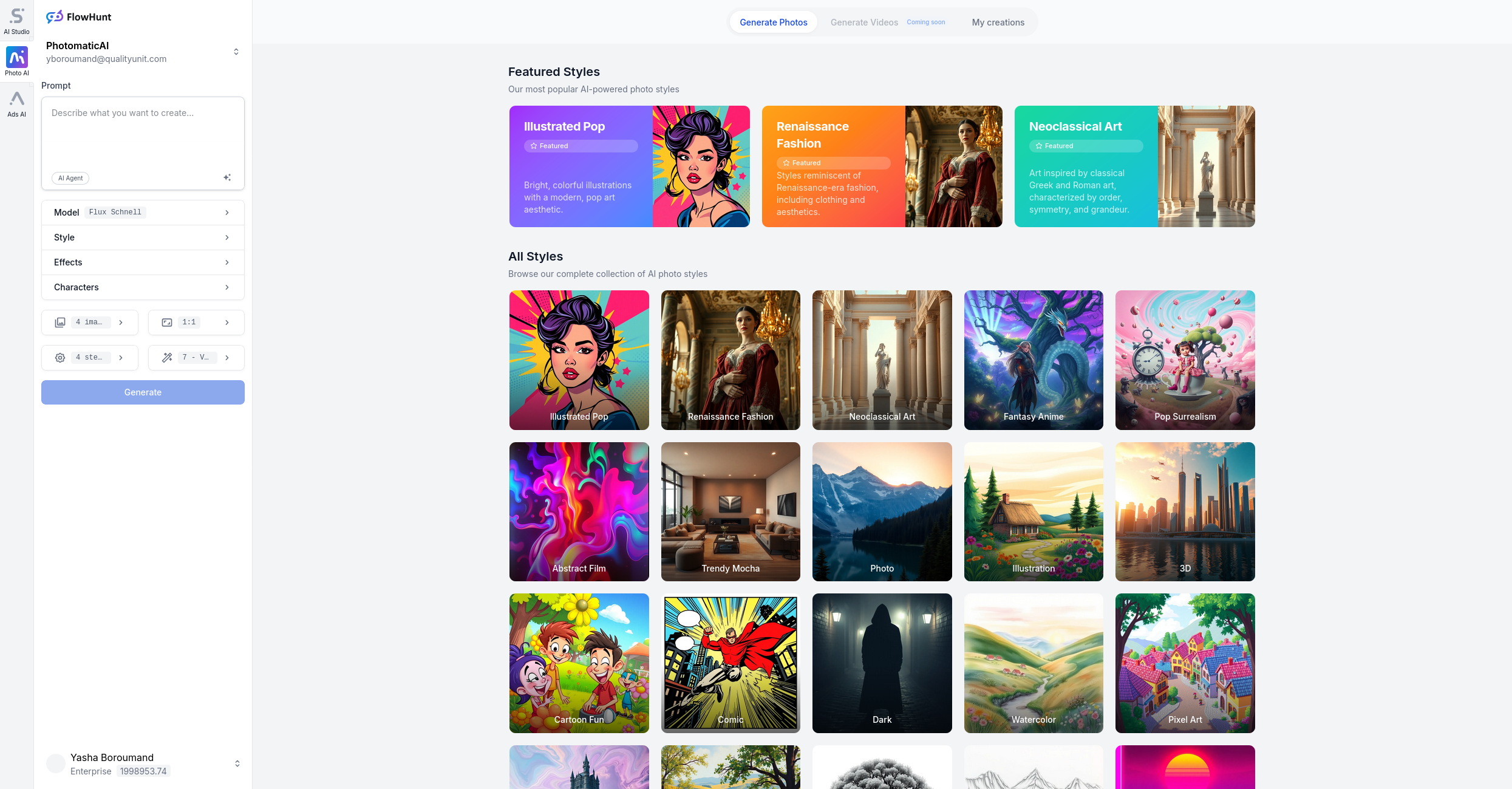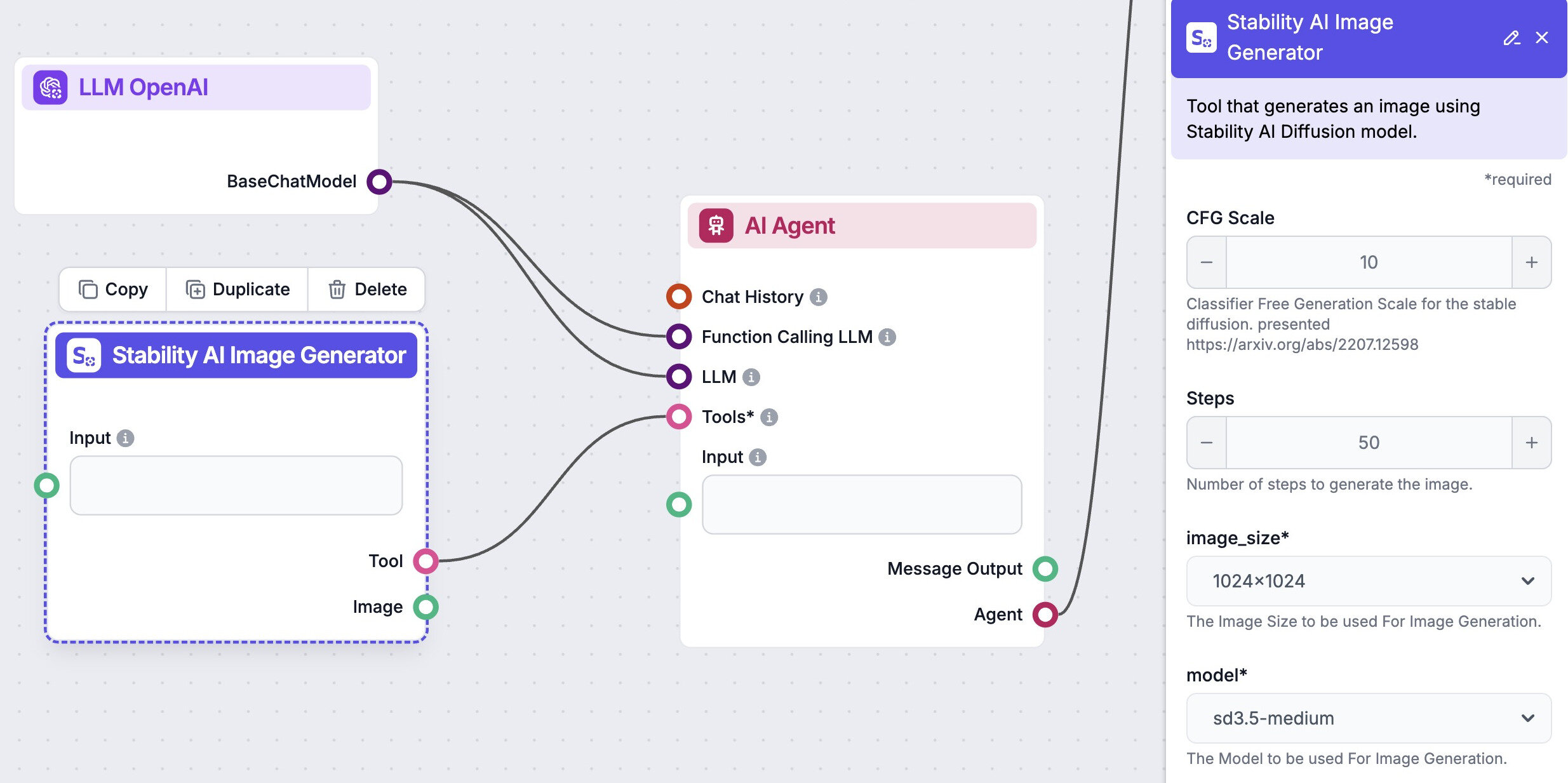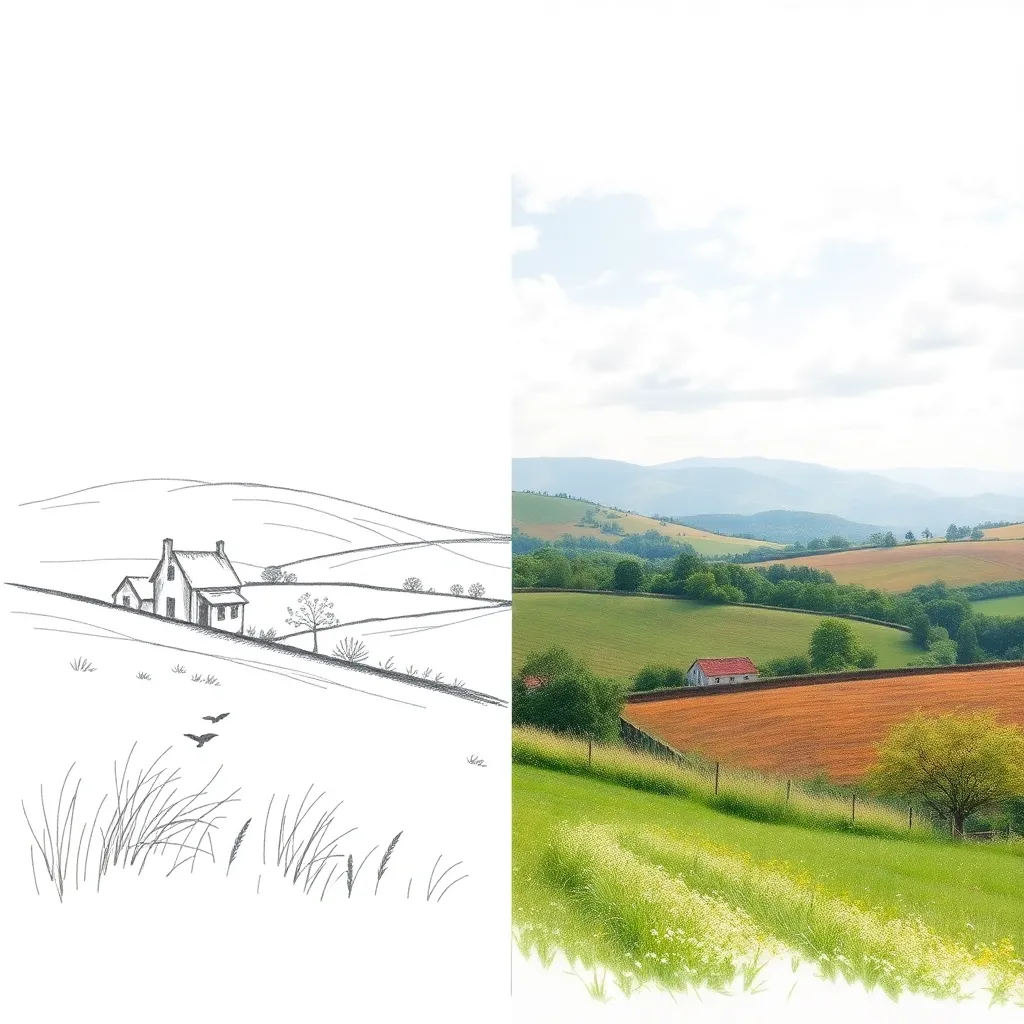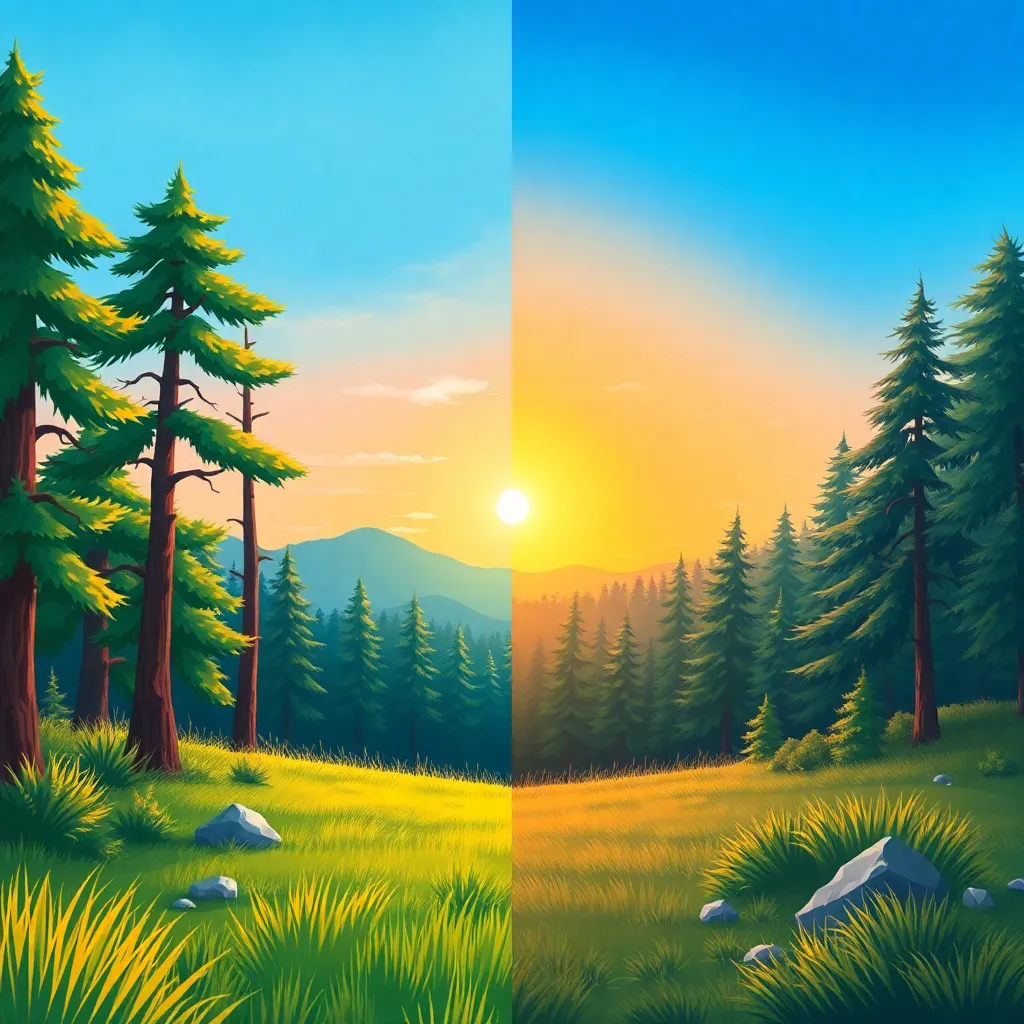
Illustration AI Image Generator
Illustration Style is a vibrant and expressive visual effect that transforms photographs into artwork reminiscent of hand-drawn or digital illustrations. This s...
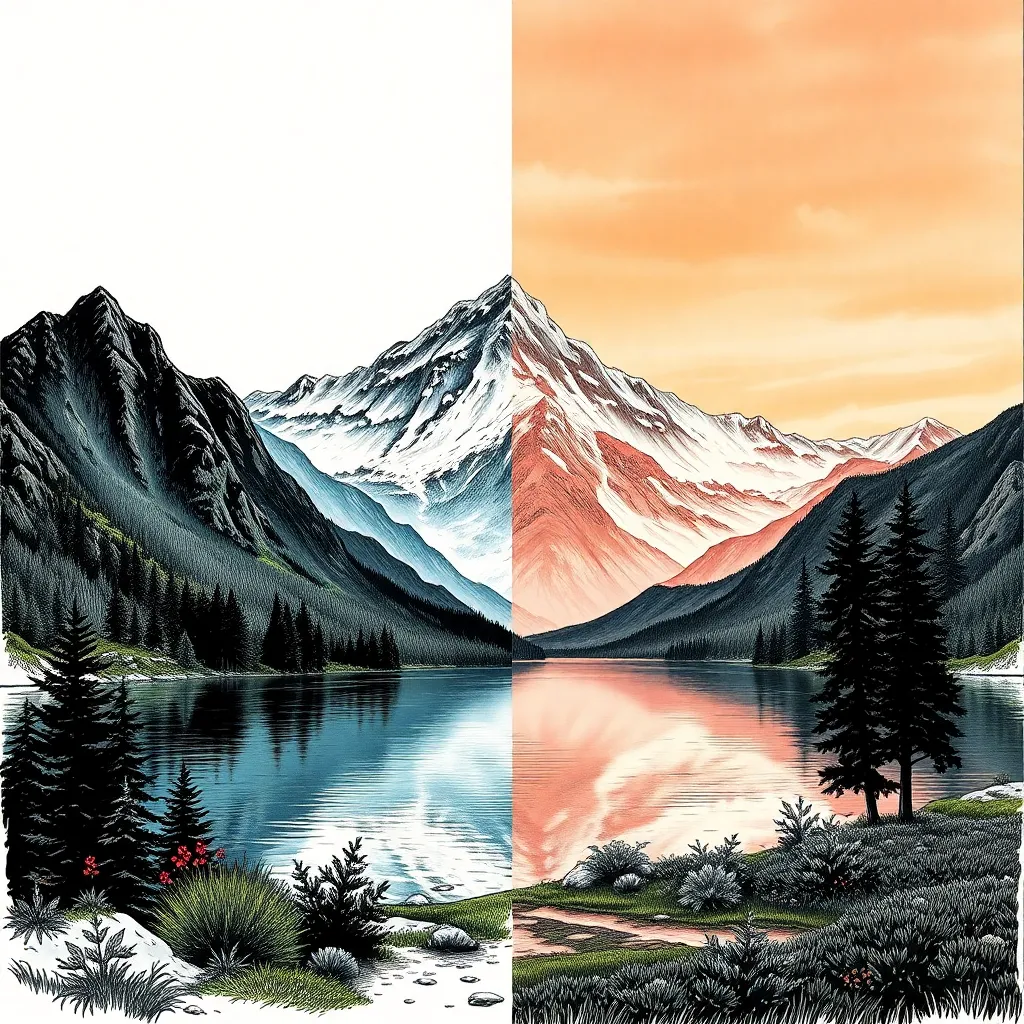
Style
Ink Print Style is a distinctive visual effect that transforms photographs into high-contrast, textured images reminiscent of vintage newspaper prints and classic ink illustrations. Characterized by bold black-and-white lines and artistic textures, this effect is favored in editorial, fashion, illustration, and creative projects for its dramatic and timeless appeal.
Train AI Image Models
Train a unique character from your own everyday photos, apply the ready to use Ink Print AI Image Generator to generate interesting and eye-catching images.
Starting point for AI training is set of your images. More images of same character can be added to improve the model.
Apply ready to use styles and effects on pretrained model or use custom prompt to generate images.
Images generated from the pretrained model
Try our Photomatic AI image generator to create stunning images with the iconic Ink Print Style. Instantly turn your photographs into striking works of art with bold textures and classic monochrome appeal. Start creating now and experience the timeless power of the Ink Print effect!
Create Your Own Ink Print Masterpieces
Ink Print Style is a striking photographic and illustrative effect that reimagines images as bold, high-contrast black-and-white compositions, reminiscent of vintage ink illustrations and classic newspaper prints. The style is defined by its use of heavy, textured lines, deep shadows, and a gritty, tactile quality that captures the essence of traditional printmaking methods such as woodcut, etching, and linocut. This effect removes the distraction of color, focusing attention on form, structure, and emotion through the interplay of light and shadow.
The roots of Ink Print Style date back to the early days of mass printing, when artists and newspapers relied on bold monochrome linework to reproduce images with clarity and drama. The style has since been embraced by illustrators, photographers, and designers seeking a nostalgic, artistic look that stands the test of time.
Ink Print Style has found a devoted following among a diverse array of creative professionals and enthusiasts:
Ink Print Style elevates photographs and illustrations in several unique ways:
Ink Print Style is both versatile and expressive, making it suitable for a wide range of photography and design projects:
Transform standard portraits into powerful statements with dramatic lighting and bold textures. The ink print effect is ideal for magazine editorials or personality-driven stories, lending gravitas and sophistication to the subject.
Bring stories to life with vintage charm through ink print illustrations. The textured lines and stark contrasts create a classic storybook feel, perfect for children’s books, graphic novels, and literary covers.
Present architectural concepts with a handcrafted, timeless quality. The style emphasizes form and structure, making blueprints and cityscapes feel both nostalgic and innovative.
Give fashion photography an artistic edge with bold black-and-white lines and high-contrast shading. The result is a lookbook that stands out, highlighting both the clothing and the creative vision behind it.
Showcase the majesty of landscapes with dramatic contrast and textural detail. Mountain vistas, forests, and lakes become striking art pieces, perfect for posters, calendars, and environmental campaigns.
Capture the energy and emotion of music through expressive, gritty visuals. The ink print effect is especially effective for genres seeking authenticity and artistic depth, such as rock, indie, and jazz.
Ink Print Style is a timeless, versatile effect that transforms ordinary images into dramatic, high-impact works of art. Whether you’re creating editorial portraits, imaginative book illustrations, or standout marketing materials, this style offers a bold, nostalgic, and handcrafted aesthetic that resonates with audiences across generations. Embrace Ink Print Style to unlock new creative possibilities and make your visuals truly unforgettable.
Automate your image generation with AI Agents
Ink Print Style is a photo effect that transforms images into high-contrast, monochromatic compositions using bold black lines and textured shading, emulating the look of vintage newspaper prints or classic ink illustrations.
Ink Print Style draws inspiration from traditional printmaking techniques such as woodcut, etching, and classic newspaper printing, which became popular in the 19th and 20th centuries for their ability to reproduce images with strong contrast and graphic appeal.
Images with strong shapes, dramatic lighting, and defined textures are ideal for Ink Print Style. Portraits, architecture, nature scenes, and creative illustrations all benefit from the bold and artistic qualities of this effect.
Absolutely. Ink Print Style is popular in editorial design, advertising, music album covers, fashion campaigns, posters, and book illustrations—anywhere a dramatic, eye-catching visual is needed.
You can achieve this effect using digital photo editors with specialized filters or by using AI-powered generators like Photomatic, which instantly convert your photos into striking ink print artworks with just a few clicks.
Let us help you automate your marketing tasks. Our platform allows you to create custom AI chatbots, agents, and workflows that can handle a wide range of tasks, from customer support to content generation.
Generate professional marketing visuals in seconds. Our AI creates stunning images that maintain brand consistency across all your campaigns without expensive design services.
Produce large volumes of customized content efficiently. Create hundreds of images, blog posts, and marketing materials simultaneously with our AI automation workflows.
Train AI models on your brand assets to create unique, on-brand visuals for any campaign. Maintain consistent visual identity across all marketing channels with character training technology.
Illustration Style is a vibrant and expressive visual effect that transforms photographs into artwork reminiscent of hand-drawn or digital illustrations. This s...
Pencil Style is a photo effect that transforms images into striking, hand-drawn pencil sketches. This style emphasizes fine line work, delicate shading, and art...
Comic Style is a bold, graphic photo effect that transforms images into dynamic, illustrated scenes reminiscent of comic books. Characterized by strong ink outl...

